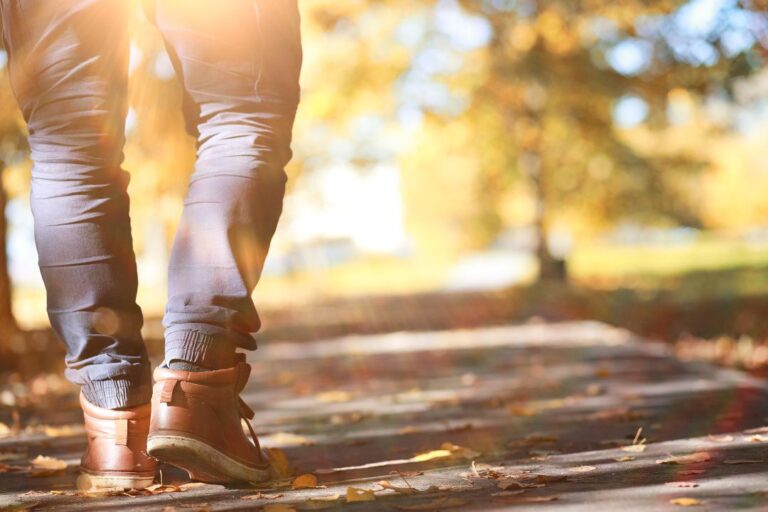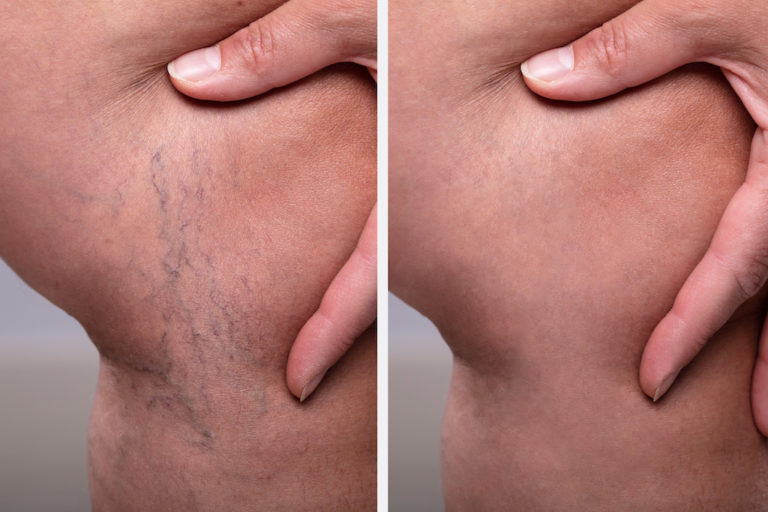When to Worry About Varicose Veins
 Varicose veins are twisted, swollen veins that occur from the veins filling up with an abnormal collection of blood. The most common areas for varicose veins are in the legs, ankle, and feet. Because this condition can affect anyone at any age, everyone should at least learn about them. However, women and older individuals are at a higher risk of developing varicose veins. Even so, in most cases, varicose veins do not cause pain and are not life-threatening.
Varicose veins are twisted, swollen veins that occur from the veins filling up with an abnormal collection of blood. The most common areas for varicose veins are in the legs, ankle, and feet. Because this condition can affect anyone at any age, everyone should at least learn about them. However, women and older individuals are at a higher risk of developing varicose veins. Even so, in most cases, varicose veins do not cause pain and are not life-threatening.
How Varicose Veins Occur
Normally, after blood circulates into your lower extremities, it flows back to your heart. When a malfunction occurs in the blood valves, blood does not return to your heart and pools in the veins of your legs, causing them to enlarge. They usually progress and become worse over time and can lead to complications. People who have an increased risk of developing them include people who are overweight, pregnant, or people who stand for extended periods of time on a regular basis. Also, varicose veins often run in families, and the older a person gets, the higher the risk they have of developing varicose veins.
Symptoms of Varicose Veins
Some people can develop varicose veins and not show any symptoms of them. However, many people do show symptoms and some mild symptoms include itching over the vein and swelling in the feet and ankles. Other mild symptoms are a sensation of heaviness, aching, burning, tiredness, or pain in the leg. These symptoms may become worse after standing or sitting for extended periods of time. You should call your doctor or surgeon about varicose veins when:
- Symptoms become incapacitating, or the skin over your varicose veins becomes flaky, ulcerated, discolored, or prone to bleeding — you could be developing stasis dermatitis. If left untreated, stasis dermatitis can lead to skin infections and chronic leg ulcers. It is sane to call your doctor and have a proper treatment for your varicose veins.
- You have red, warm, and tender varicose veins. This may be a sign of phlebitis, which is caused by a blood clot in the vein.
- You have injured a varicose vein. Control the resulting burst of blood with direct compression and leg elevation. Applying pressure for several minutes should be enough to stop the bleeding. If it does not, the patient may need to visit a hospital emergency department.
If you are suffering from varicose veins or spider veins, don’t leave them untreated. Consider seeking an expert opinion. Once you visit your doctor, ask them some precautions that you can follow in your daily routine and also ask about the treatment options available that suit best your type of varicose vein. How will you and your doctor decide which procedure is the best choice for you? You will have to weigh several things in making that decision. Among them some are listed as follow:
- Your age and how healthy you are overall
- The extent of your varicose veins
- Your symptoms
- How well you might do with specific procedures
- Your goals and opinions about how you look and feel
Not all varicose veins are dangerous, but it is a good idea to visit a doctor to avoid any life-threatening situation.
Grand Junction Vein Center
At Grand Junction Vein Center, we specialize in minimally invasive treatments for varicose veins in Grand Junction, including the Venefit™ procedure and Sclerotherapy. We will discuss these and other options with you during your vein screening. For more information about conditions related to varicose veins in Grand Junction and surrounding areas, please visit The American Vein and Lymphatic Society. See also Healthy Veins, a site sponsored by AVLS, for further valuable information as well.






